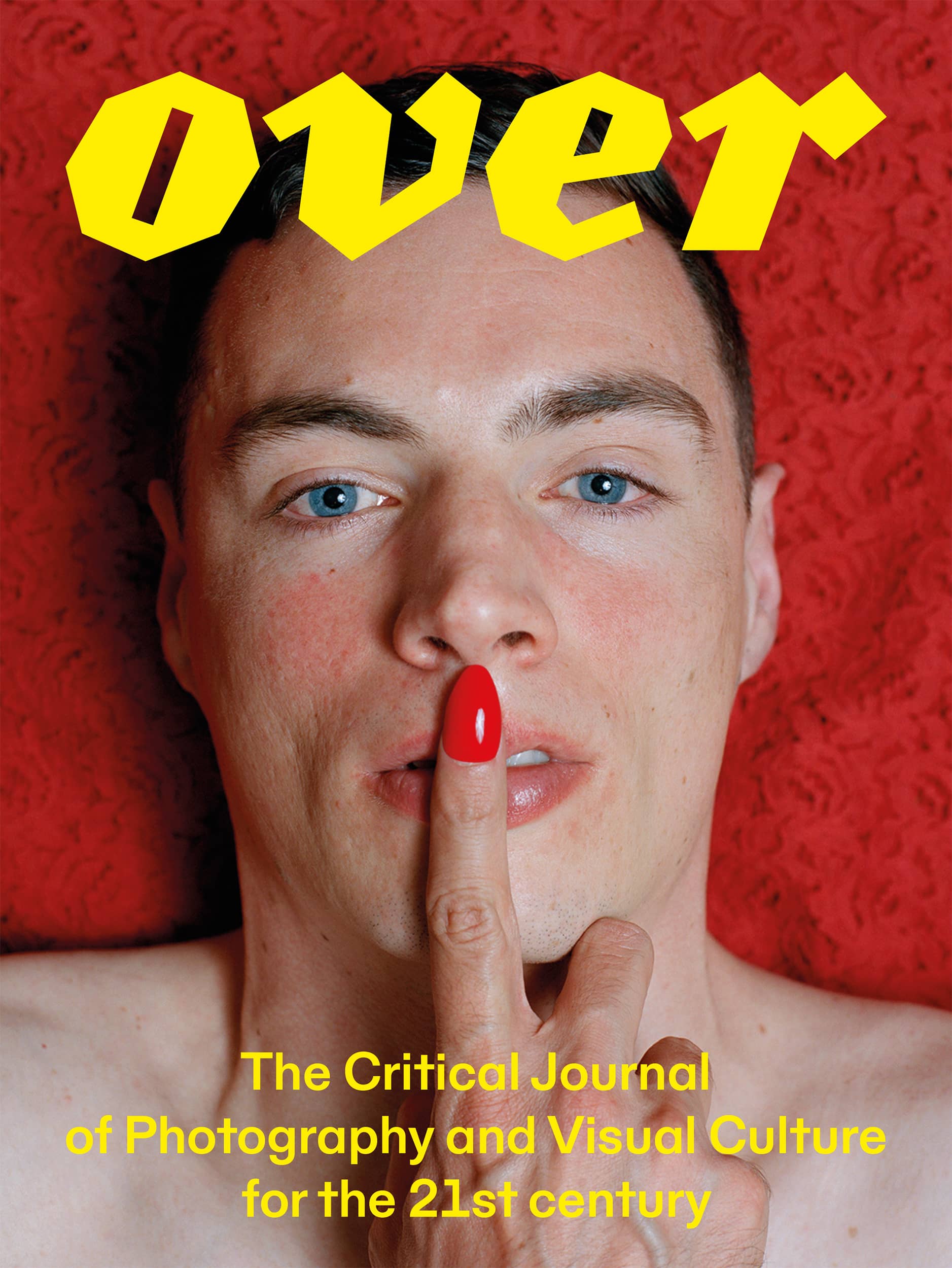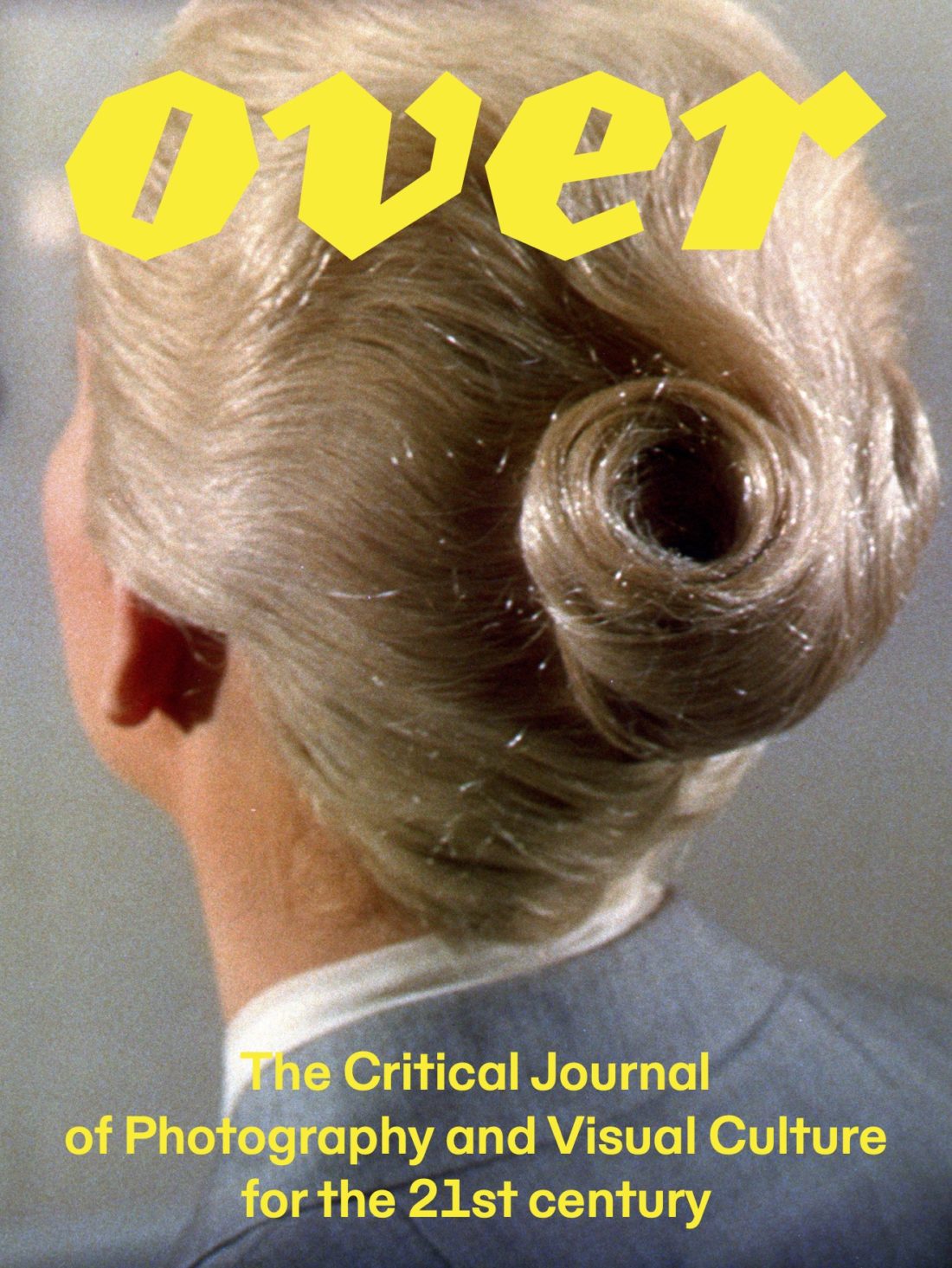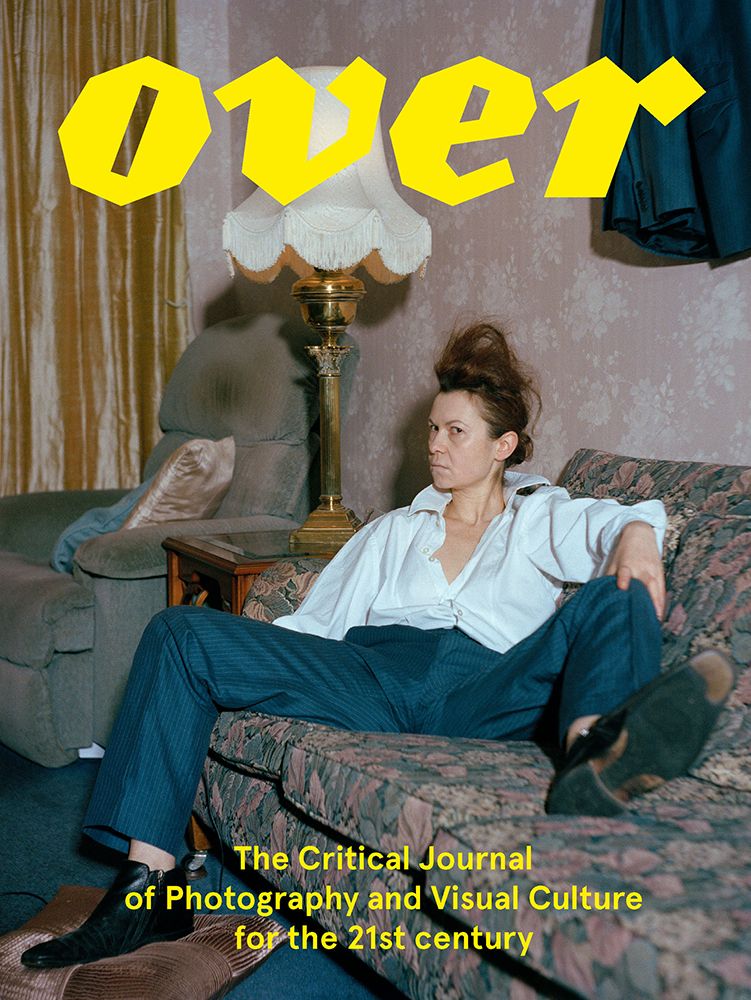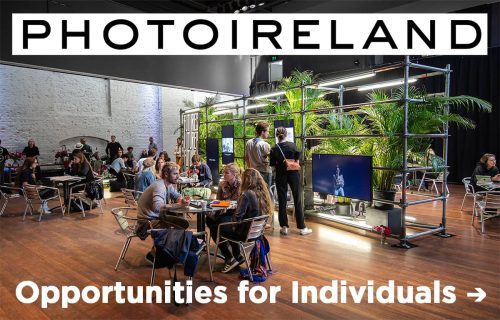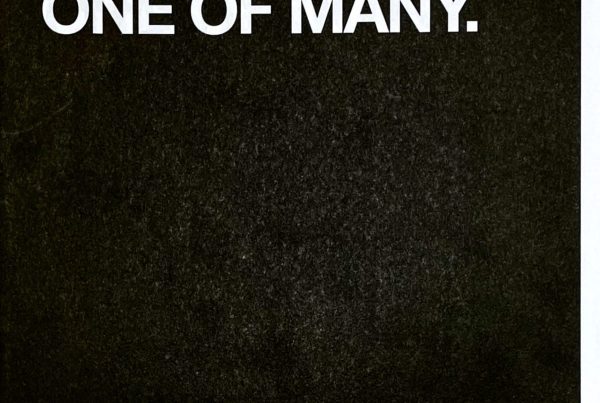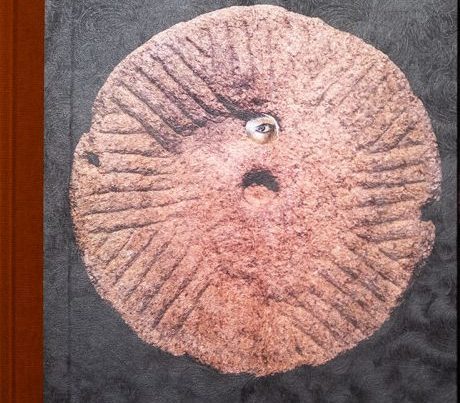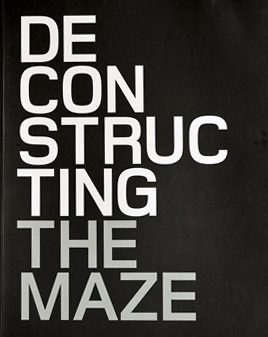

Deconstructing The Maze
Deconstructing The Maze
Dara McGrath
Robinson McIlwaine
English
Contributing artists Dara Mc Grath, Conor McFeely, Rachel Andrews, Marianne O’Kane Boal, John Reid
Softcover
120 pages
230 x 280 mm
2008
ISBN Not available
Deconstructing The Maze, a project by artist Dara McGrath was an extensive photographic survey of The Maze/Long Kesh Prison, which for over thirty years had been the symbol of the conflict or ‘troubles’ in Ireland.
Recently it was decided to demolish the former prison and to build a new national stadium on the 360-acre site. Through an extensive photographic survey of the prison during demolition, Dara McGrath explores what happens when space comes to the end of its life. This work was featured in The Lives of Spaces – Ireland’s participation in 11th International Architecture Exhibition 2008.
The project sought to investigate whether the process of deconstructing and destroying the architecture of containment succeeds in erasing memories, or whether such memories are intimately wedded to the space that is being left behind. Almost two years in the making, this project saw McGrath creating thousands of photographic images of an ever-changing site.
This work stemmed from a collaborative project between 10 architects and 10 artists called Two Minds. Ten of the region’s leading architecture practices teamed with ten individual artists from Ireland, both North and South, and abroad. The initiative sought to involve artists in the very core of the architectural design process, with artistic products in the built environment. Participants Dara McGrath and John Reid identified the former Maze/ Long Kesh Prison as the most suitable site to explore the creative possibilities of partnership in a site of deconstruction.
Subsequently the artist/architect pairing evolved into a wider dialogue and collaborative relationship between lead artist Dara McGrath, architect John Reid, artist Conor McFeely, curator Marianne O’Kane Boal and writer Rachel Andrews. The exhibition in its entirety was located in the former kitchen building of the Maze Prison in an architectural configuration designed by John Reid, with selection and placement curated by Marianne O’Kane Boal.
About the Artist
Dara McGrath’s concern lies in exploring transitional spaces, those in-between places where architecture, landscape and the built environment often intersect, and where a dialogue – of absence rather than presence – is created. McGrath’s practice is driven by explorations of these charged, shifting entities – buildings that have come to the end of their functionality, the changing functionality of a landscape, history and human interruptions in the landscape – that exist in urban, rural and suburban contexts.
Conor McFeely’s works have an emphasis on the manipulation of space and the idiosyncratic use of materials and media. The contexts for these works have been varied and include references to literature, cinema, art history and social contexts amongst others. He has been referred to by the Guardian newspaper as a twenty-first century electro-alchemist. His work which has often been informed by cult literature, has also been described as jump cut rather than linear, and likened to a diatribe, more from the lips of Mark E Smith than William Burroughs, a sort of post-punk diorama.
Marianne O’Kane Boal has been involved in arts and architecture in Ireland and Northern Ireland for seven years, working as curator, researcher, consultant, interviewer, critic, advisor, and lecturer. She holds a BA in History of Art and Architecture, and English, an MA Hons Degree in American Literature. She was Curator at the Switch Room Galleries, Belfast. 1
Rachel Andrews is a lecturer in journalism at Griffith College, Cork. She also writes about arts and culture for magazines such as Magill magazine and Irish Theatre Magazine. Rachel is a regular contributor to RTE Radio and BBC Radio 4. 2
About the Publisher
RMI Architects are an award winning design studio based in Belfast but with work across UK, Ireland and United States. We are committed to creating Architecture that can positively influence our environment and enrich our lives and we endeavour to design buildings that are responsive to their context, are well-crafted and which have the potential to inspire. We work across a wide range of sectors and scales and our approach is underpinned by our ambition to Respond, Make and Inspire. 3

